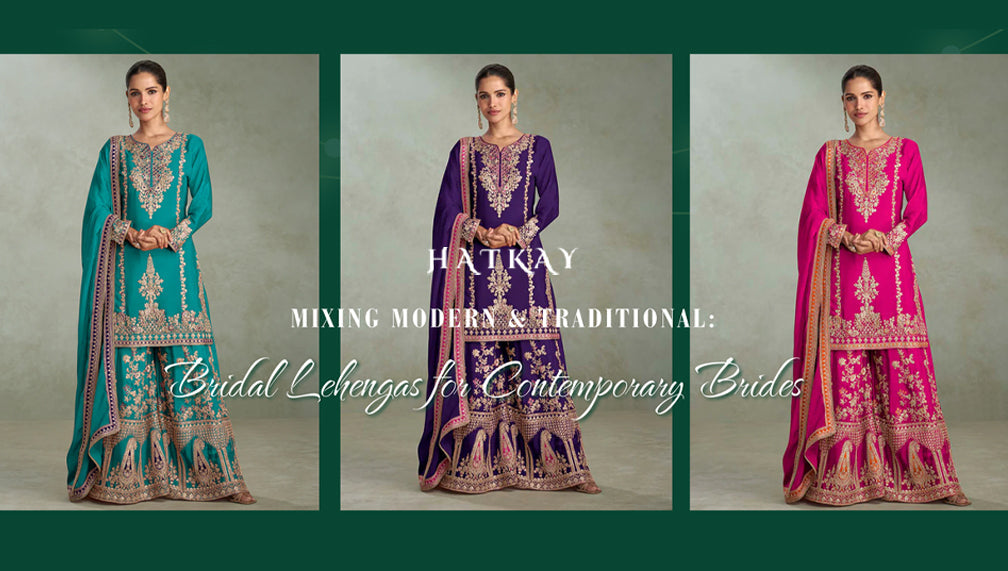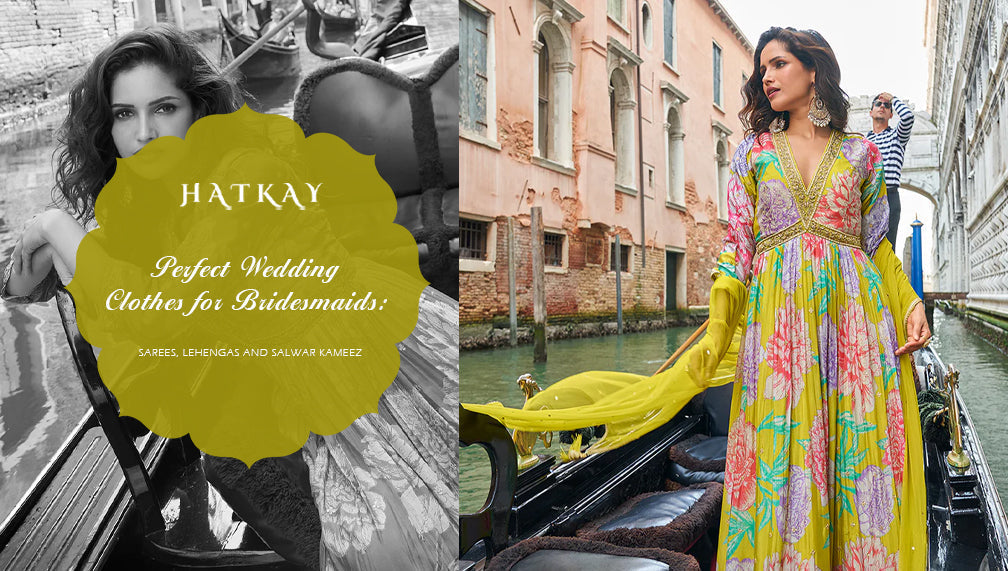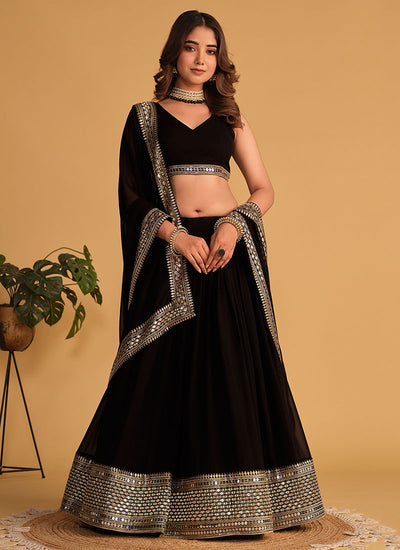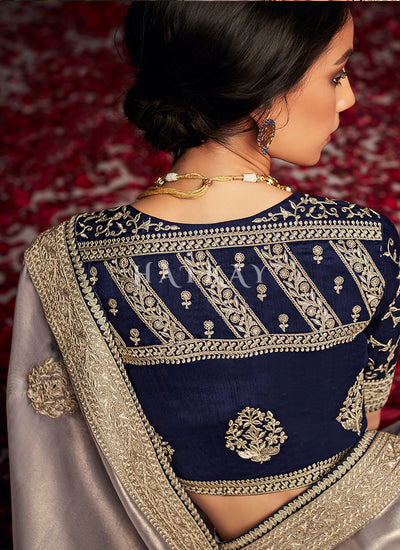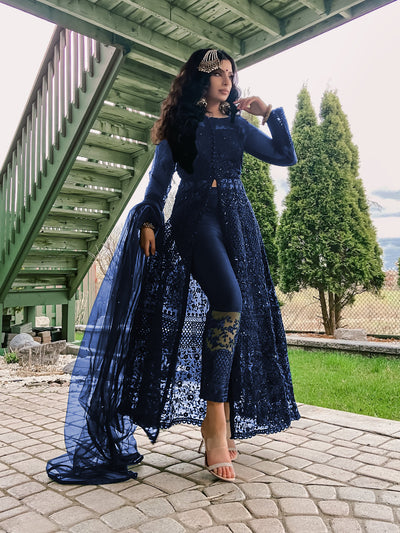
The Evolution of Indian Fashion: From Traditional to Modern
Indian fashion is a vibrant tapestry woven from centuries of tradition, culture, and innovation. From ancient draped garments to contemporary high fashion, the journey of Indian attire reflects a rich historical evolution influenced by social, cultural, and global changes. This article explores the evolution of Indian fashion, tracing its transformation from traditional roots to modern expressions.
Traditional Indian Fashion: A Rich Heritage
Ancient Attire
Indian fashion’s origins can be traced back to ancient times, with the earliest known garments being draped fabrics like the sari and dhoti. The sari, a continuous length of fabric wrapped around the body, is one of the oldest and most enduring garments in Indian history. Similarly, the dhoti, a traditional men’s garment, reflects the simplicity and practicality of ancient Indian attire.
Medieval Influences
The medieval period saw significant influences from Mughal and other regional rulers, who introduced luxurious fabrics and intricate designs. Mughal fashion was characterized by opulent materials like brocade and velvet, adorned with elaborate embroidery and embellishments. The kurta-pajama and lehenga-choli emerged during this era, blending traditional draping with the new influences of cut and design.
Regional Variations
India's diverse cultures have always celebrated distinct regional styles. The Kanjeevaram silk saree of Tamil Nadu, the Banarasi saree of Uttar Pradesh, and the phulkari embroidery of Punjab each showcase unique techniques and aesthetics. These regional garments are not just clothing but are deeply embedded in the cultural and social fabric of their respective communities.
Colonial and Post-Colonial Changes
British Colonial Influence
The British colonial period introduced Western fashion elements into Indian attire. Pants, jackets, and shirts became more common, especially in urban areas. However, traditional attire persisted alongside these new influences, creating a fusion of styles that reflected the complex socio-political landscape of the time.
Independence and Modernization
Post-independence India saw a resurgence of traditional fashion, with designers and tailors integrating contemporary trends with classical styles. The 1960s and 70s saw a blend of traditional garments with Western influences, leading to innovative styles like the kurti and churidars, which combined comfort with traditional aesthetics.
Contemporary Indian Fashion: A Global Stage
Fashion Industry Growth
The 1990s and 2000s marked a period of rapid growth in the Indian fashion industry. Designers like Sabyasachi Mukherjee, Manish Malhotra, and Ritu Kumar gained international acclaim, bringing Indian fashion to global audiences. Indian fashion weeks, such as Lakmé Fashion Week and India Couture Week, became prominent platforms for showcasing contemporary Indian fashion.
Fusion and Innovation
Contemporary Indian fashion is characterized by its innovative fusion of traditional and modern elements. Designers blend traditional fabrics like silk and cotton with contemporary cuts and silhouettes. Indo-western styles, such as saree gowns and dhoti pants, exemplify this blend, offering a fresh take on traditional garments.
Sustainable and Ethical Fashion
In recent years, there has been a growing emphasis on sustainable and ethical fashion. Designers and brands are focusing on eco-friendly materials, fair trade practices, and traditional craftsmanship. This shift reflects a global trend towards conscious consumption and a desire to preserve the rich heritage of Indian textiles.
Digital Influence and Global Trends
The rise of digital media and e-commerce has also played a significant role in shaping contemporary Indian fashion. Social media platforms and online shopping have democratized fashion, allowing designers and consumers to explore and experiment with diverse styles and trends. Global fashion trends influence Indian designers, who incorporate international aesthetics while maintaining their cultural roots.
The Future of Indian Fashion
The evolution of Indian fashion is a testament to its adaptability and resilience. As it continues to evolve, Indian fashion is poised to embrace new technologies, sustainable practices, and innovative designs while staying connected to its rich cultural heritage. Future trends may see further global fusion, a revival of traditional crafts, and a continued focus on inclusivity and diversity.
Indian fashion, with its storied past and dynamic present, is a reflection of the country's cultural diversity and creativity. From ancient draped garments to cutting-edge contemporary styles, the journey of Indian fashion is one of continuous evolution, blending tradition with modernity to create a unique and ever-evolving sartorial landscape.

























































